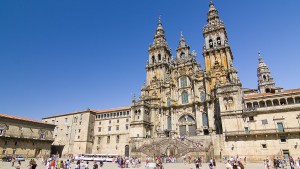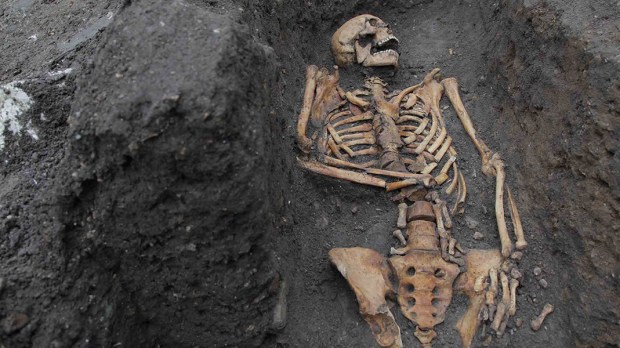The remains of several friars are teaching experts more about the dangers faced by people living in medieval times. The research was conducted in Cambridge, with remains drawn from three different cemeteries. The results show that the lower class was in most danger of injury, but the clergy were not exempt from accidents.
The study, published in The American Journal of Physical Anthropology, examined remains dated from 1100 to the 1530s. The cemetery sites included a local parish, a hospital, and an Augustinian friary. Lead author Dr. Jenna Dittmar explained to The Guardian that the three grave sites contain examples of remains from each social class. The parish cemetery served the common people, while the friary interred the clergy and some nobility.
The study identified bone fractures among the most common fatal injuries, which suggests accidental death. Nearly half (44%) of individuals buried at the parish were found to have fractures. As this was the cemetery for laborers, it is clear that the working class was at more risk. The clergy, however, were also found to be at significant risk of injury, with nearly a third (32%) of friary remains bearing fractures. Presence of such injuries dropped significantly to 27% at the hospital site.
Friars with fractures
Dittmar noted that two sets of remains from the friary suggest that the clergy were also at risk. One of the most damaged skeletons exhumed was that of a friar. The remains showed that the man had suffered a broken neck and legs. Dittmar told the Guardian:
“The injuries that he has are most similar to what people experience when they are hit by the car, right at about thigh level,” said Dittmar. “We think it is safe to say he probably died as a result of whatever serious kind of accident he was involved in.”
Another friar was found to have died of blunt force trauma, with possible defensive wounds on his arms. This suggest that the friar could have been waylaid by bandits, but it is also possible that something fell on his head. If the deceased was in fact murdered, it would be the only example of such a violent end found in any of the three Cambridge sites.
Dittmar’s team is still working to exhume more remains from all three sites. Although the work is still underway, Dittmar’s preliminary conclusion is, “Medieval life was difficult for everyone.”

Read more:
Medieval ‘Where’s Waldo’: 12th-century stonemason carved himself into Spanish cathedral

